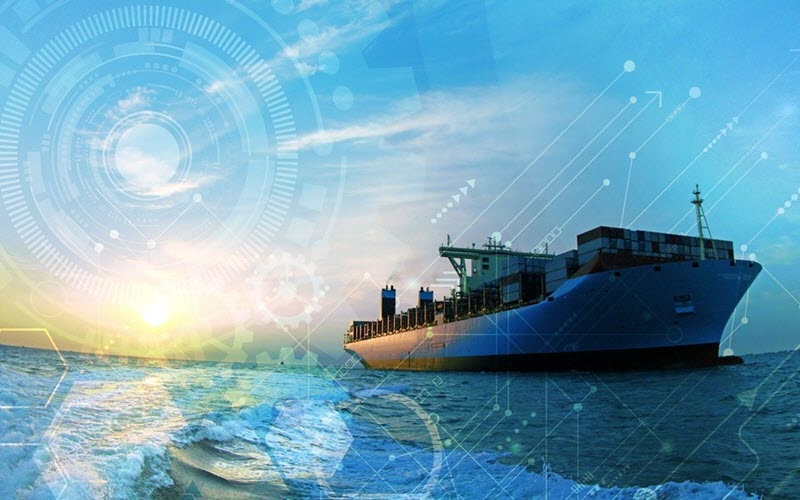While the past year has raised all manner of complications for the maritime industry, it’s fair to say that it has also represented an opportunity for digital services to not only prove their worth, but also highlight that there might actually be a better way of doing things.
“The pandemic has been a business trigger and there are certainly downsides,” Sven-Eric Brooks, KVH Industries’ senior director for Internet of Things (IoT) business development, tells The Naval Architect. “We’re also content provider; we have a mobile connectivity business where we provide movies and music to the crew for their wellbeing, so we care greatly for the people onboard.”
“But in other areas, such as IoT, Covid has challenged shipping companies in how to trade their assets remotely and monitor them. So it has moved from a rather optimistic way of accessing a vessel to more or less the standard modus operandi.”
However, when it comes to ship design, there are additional challenges to the implementation of the connected ship that shipyards and naval architects must contend with in transporting data around the vessel. The steel of the hull and bulkheads can lead to electromagnetic interference and frequently there are either too few wireless access points or too many, which can lead to noise. Added to that, retrieving sensor information from an older vessel creates huge challenges with the technology itself, given that little thought was given back then to providing open interfaces or ensuring the data was accessible.
Brooks believes that many vessels built today are still not being designed with network connectivity and communication in mind. In many cases, the IoT that has been implemented via retrofit is confined to limited areas of the vessel, where wireless connectivity is viable, because a wired solution is cost prohibitive.
Newbuilding design offers the opportunity to integrate Io from the outset and he thinks maritime can learn a lot from land-based architecture. “If you look at buildings, there has been a rapid change from the standard office block to one which is connected and automated. Whereas in the past they used to be based on simple Cat 4or Cat 5 cables we now need to look at other options such as Cat 7 or fibre optic cables, because they’re the ones which provide the data throughput that’s required for high-end users, which vessels are.”
Although system integration should, by rights, be at the heart of modern ship design, less than 10% of shipyards currently include service as part of their shipbuilding contracts. While being a tried and tested business model, it contrasts with the growing emphasis in other sectors on the total cost of ownership with built-in service plans. When it comes to delivering the ‘IoT ready’ vessel increasingly demanded by a growing number of shipowners, providing a completely networked system, with the servicing commitment that might entail, requires a more holistic approach.
Brooks says: “When you look at a vessel from a data perspective you find there are various subsets. There’s the navigation bubble, the automation bubble, the power and propulsion systems, and the environmentals (e.g. ballast water treatment and scrubbers). Each of these areas is dominated by large suppliers that provide a completely self-contained networked system. But these systems need to be connected and then the question arises whether you’re going to do that wired or wirelessly. When you look at the amount of data, plus the need in many areas now for video support, the real way to do this is a wired solution.
“[In the future] we might see shipyards building up their own services capabilities, where the yard takes a more active role either throughout the warranty period or even beyond. The shipyard is obviously the authority, understanding what piece of equipment was built where and having access to all the drawings and wiring diagrams.
“They’re sitting on a wealth of information that they can make available to their end customers. This could create entirely new business models and lead to some interesting opportunities.”

